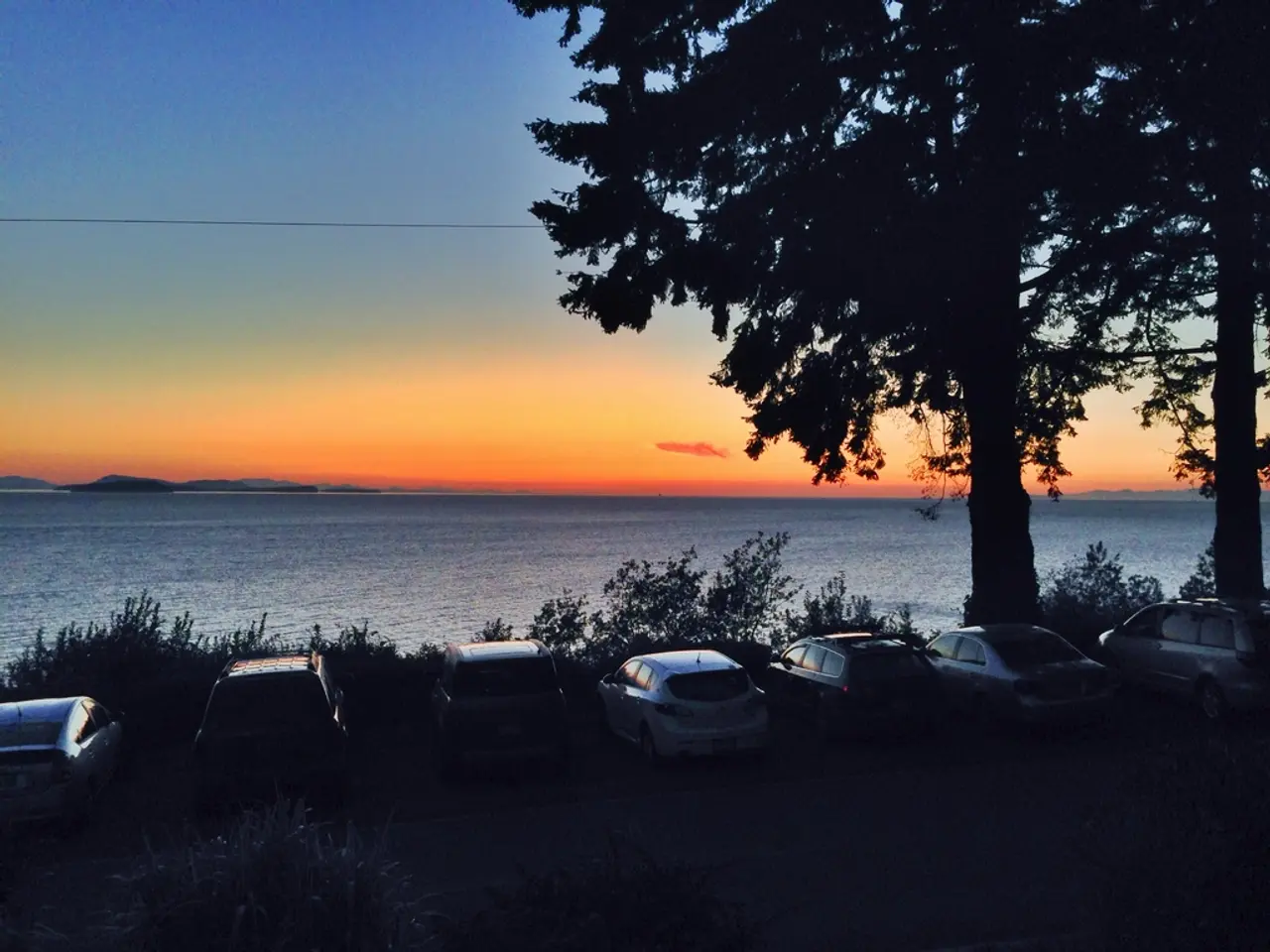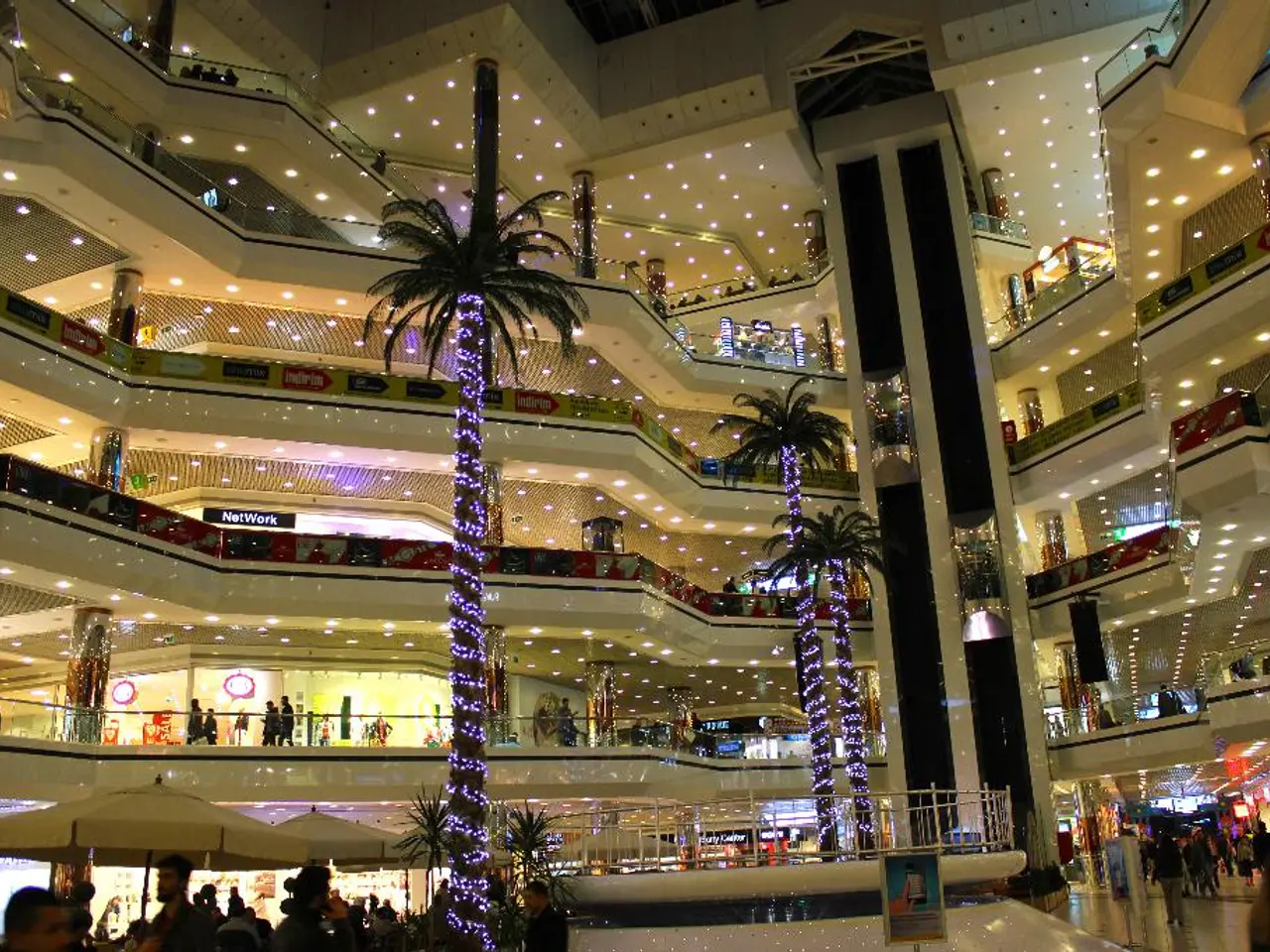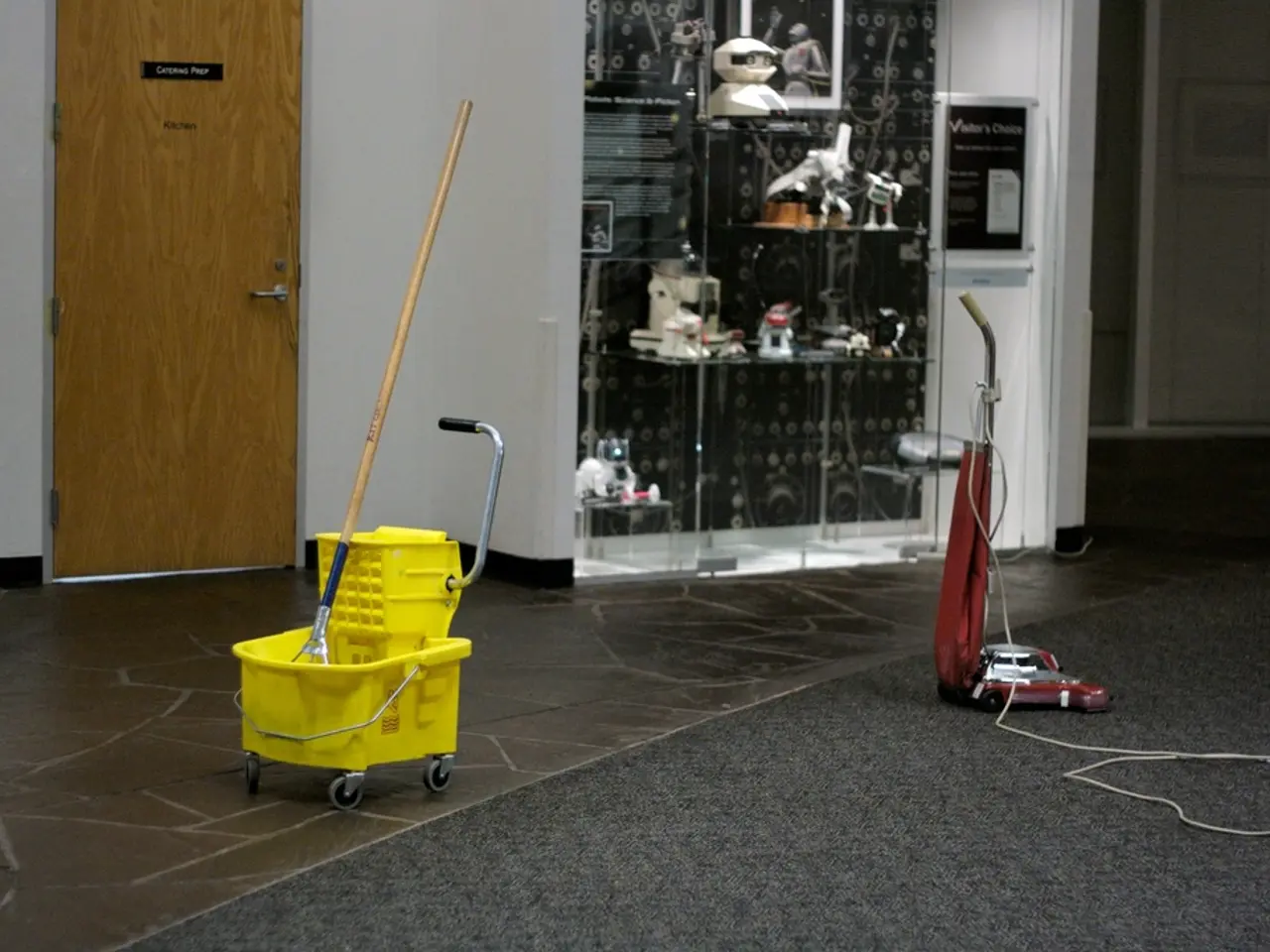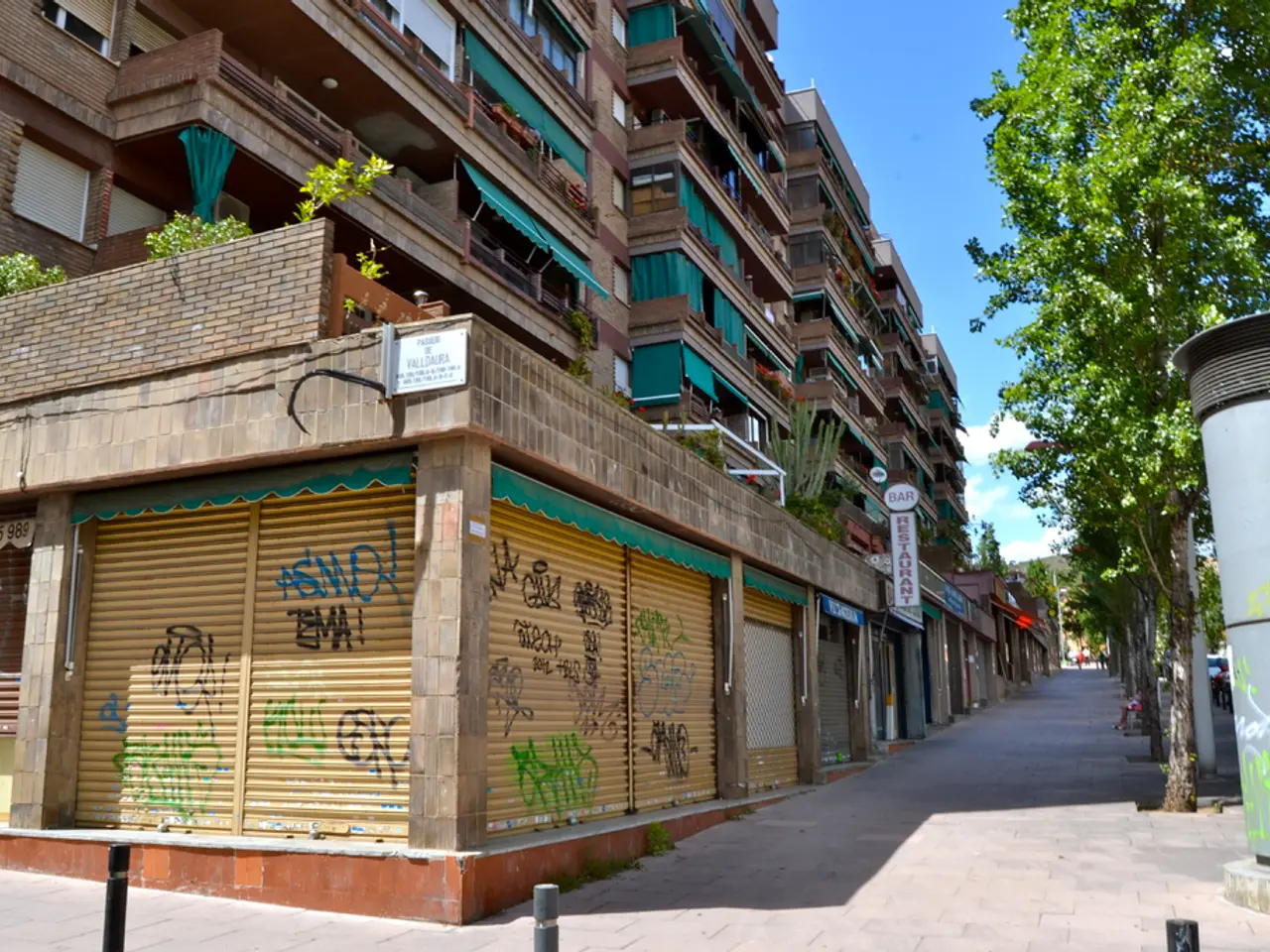Top Shade Trees for Sustainable Gardening in Warm Temperatures
In hot climates, native shade trees play a crucial role in creating sustainable landscapes. These unsung heroes provide shade, shelter, and sustenance while requiring minimal inputs.
Native trees, such as the Pecan (Carya illinoinensis) and White Oak (Quercus alba), are a great choice because they fit well with local conditions and need less care than trees from other regions. Pecan trees offer large shade and edible nuts, while White Oak provides shelter and acorns for wildlife.
For xeriscaping in arid environments, trees like Mesquite, Palo Verde, and Desert Willow are well-adapted and provide filtered shade that reduces soil evaporation without blocking sunlight. In hot humid tropical areas like South Florida, Gumbo-limbo (Bursera simaruba) is an excellent choice, as it tolerates heat, humidity, and strong winds, and grows large with a broad canopy.
When considering regional specifics, it's essential to choose trees that thrive in your climate and soil. For example, in warmer temperate regions like Alabama, Live Oak, Southern Magnolia, and Red Maple (for summer shade but needing more moisture) are good options.
Pairing these trees with xeriscaping principles like grouping plants by water needs, using mulch, and installing drip irrigation helps maintain a healthy, low-water landscape. Techniques like using swales and berms to guide rainwater to tree roots keep trees moist and help recharge groundwater.
Chop and drop mulching around trees keeps the soil moist, fights weeds, and adds nutrients as it breaks down. Proper pruning keeps the tree healthy and looking good by strengthening branches, improving airflow, and lowering disease risks.
Mulberry (Morus rubra) is a native fast-growing tree with sweet, edible fruits, attracting birds. Wild Plum (Prunus americana) is a medium-sized tree native to Eastern and Central North America, producing delicious edible fruits and attracting birds and pollinators.
For multiple functions, such as food production or wildlife habitat, trees like the Fig tree (Ficus carica) and Pomegranate tree are great choices. The Fig tree grows lots of figs, while the Pomegranate tree adds flavor to dishes with its fruits.
Considering climate and soil is crucial when selecting shade trees for long-term survival and thriving. For example, Crape Myrtle (Lagerstroemia indica) is a shade tree species with low water usage in desert climates, while the Chinese Elm (Ulmus parvifolia) has low water usage once established.
When it comes to permaculture, shade trees are key, especially in hot climates. They offer cooling, save water, and help create a sustainable landscape. Using drought-resistant trees like the California Pepper Tree (Schinus molle) in permaculture designs is smart as it makes outdoor spaces beautiful and saves water.
To ensure the health and longevity of your shade trees, avoid over-fertilizing, as it can cause too much growth and more water use. Planting trees in deep holes keeps their roots cool, ensuring they stay healthy.
Urban areas with trees can be up to 15 degrees Fahrenheit cooler than areas with less foliage. Shade trees not only improve air quality by filtering out pollutants but also create cooler, more humid microclimates that benefit understory plants and wildlife.
Following these tips helps shade trees in hot climates stay healthy and provide cooling, environmental, and beauty benefits for many years. Whether you're looking for a tree that offers shade, fruits, nuts, or wildlife habitat, there's a native shade tree that's perfect for your hot climate garden.
- Embracing sustainability in hot climates, swales and berms, used for guiding rainwater, contribute to water management by keeping tree roots moist and recharging groundwater.
- Incorporating native trees into a home-and-garden lifestyle, such as Pecan and White Oak, can create a sustainable landscape, providing shade, shelter, and sustenance with minimal inputs.
- Gumbo-limbo, native to hot humid tropical areas, offers broad shade that tolerates heat, humidity, and strong winds, making it an ideal choice for South Florida gardens.
- To maximize efficiency in xeriscaping, pairing regional-specific trees like Live Oak and Southern Magnolia with microclimate-focused water management practices benefits both trees and the environment.
- For educational and self-development purposes, learning about environmental-science principles such as choosing climate-appropriate trees and xeriscaping techniques can enable homeowners to cultivate a more sustainable lifestyle.
- In a learning session on educational-and-self-development platforms related to home-and-garden topics, the importance of cultivating drought-resistant trees like the California Pepper Tree, ideal for urban permaculture designs, could be discussed.
- In permaculture designs, guilds of trees can be created, with Fig and Pomegranate providing food production and wildlife habitat, and Crape Myrtle and Chinese Elm offering shade with low water usage.
- Mulberry and Wild Plum trees, both native and attracting birds and pollinators, are examples of multi-functional trees that provide fruits and beautify gardens, while promoting a sustainable lifestyle and creating cooling, environmental-friendly microclimates.




